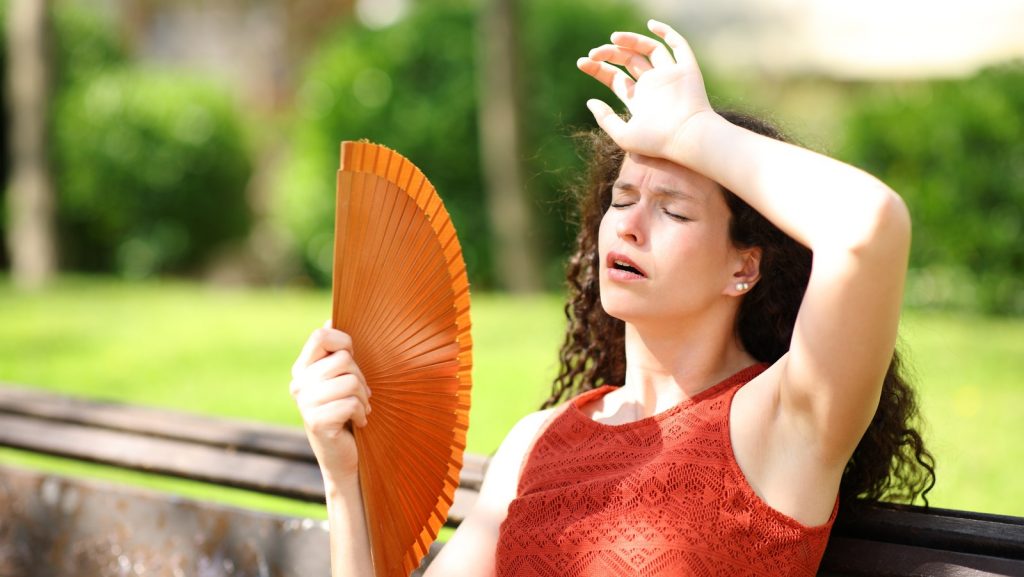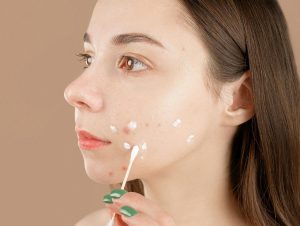New JAMA Study Shows Who and How Long
By Gina Garabelli, Contributing Writer
Hot flashes afflict up to about eighty percent of today’s middle-aged women according to a recently released study by the Journal of the American Medical Association (JAMA).
The study showed that the flashes can continue for as long as 14 years and the earlier a woman begins her hot flashes, the longer the flashes will likely continue. However, in the study, the median time period was 7.4 years.
Hot flashes occur as a result of menopausal aging. The body constantly has to adjust for the hormonal changes that occur prior to, during, and after menopause.
Many women cope with hot flashes by such tactics as: not wearing silk clothing, keeping little battery powered fans in their purse or at the office. Some women have even found that acupuncture helps them. Still others have tried hormone therapy, but that has been linked to increased risks of breast cancer and heart disease! Non-hormonal/medical therapies include lowering the thermostat and cutting back on spicy foods, caffeine and alcohol.
The study also revealed that black and Latina
women experienced hot flashes for significantly longer periods than white or Asian women. Researchers found that the earlier hot flashes started, the longer they were likely to continue. The African-Americans reported the longest-lasting symptoms, continuing for a median of 10.1 years — twice the median duration of Asian women’s symptoms. The median for Latina women was 8.9 years; for non-Hispanic whites, 6.5 years. Reasons for ethnic differences are unclear.
The study also found that women with longer-lasting symptoms tended to have less education, greater perceived stress, and more depression and anxiety
Among women who got hot flashes before they stopped menstruating, the hot flashes were likely to continue for years after menopause, longer than for women whose symptoms began only when their periods had stopped.
In the study, about 20% of women started having hot flashes AFTER menopause. Twelve percent got flashes while still having regular periods, and 67% started getting flashes during perimenopause, when periods play hide and seek but have not completely disappeared.
Women who started getting hot flashes when they were still having regular periods or were in early perimenopause experienced symptoms for a median of 11.8 years. About nine of those years occurred after menopause, nearly three times the median of 3.4 years for women whose hot flashes did not start until their periods stopped.






